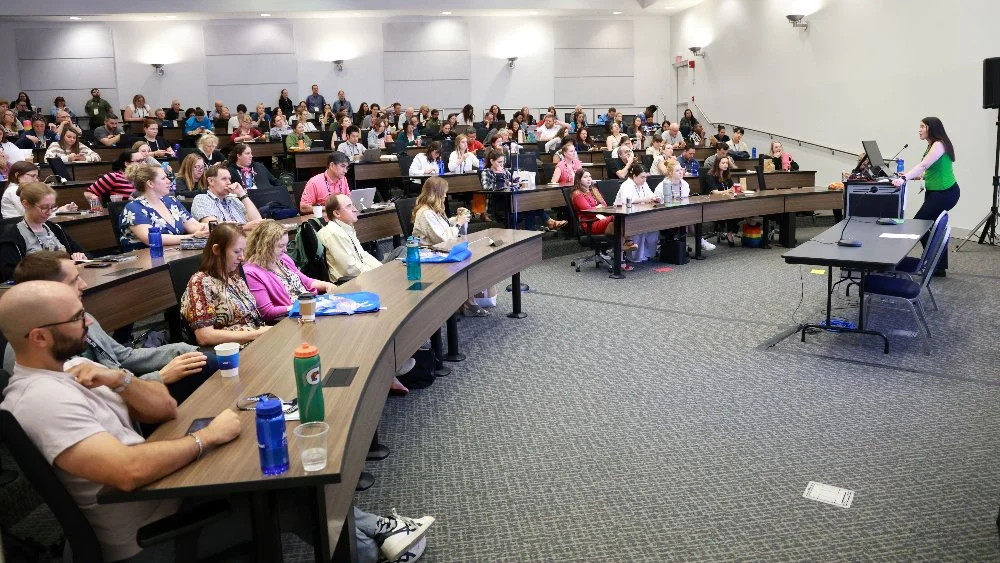ACVIM Forum 2025: Recap of The Neurology Tract
By Dr. Jay McDonnell
The 2025 ACVIM Forum took place in Louisville, Kentucky from June 18–21. This is the world's pre-eminent gathering of veterinary specialists and one of my favorite conferences. More than 2,600 veterinarians and vet techs attended four very full days of presentations across internal medicine (small and large animal), cardiology, nutrition, oncology, and, of course, neurology. It is a great place to learn, collaborate, and renew friendships.
The neurology tract for the conference is my focus and there were many presentations that I found informative and helpful.
Dr. Sheila Carrera-Justiz from the University of Florida presented "Veterinary Neurologists’ Approach to French Bulldogs with Spinal Cord Disease and Brachycephalic Obstructive Airway Syndrome." Some of these French Bulldogs come in unable to walk and have severely compromised respiratory function - they can't breathe. The respiratory crisis can occur at time of presentation or after work-up and/or surgery. Dr. Carrera-Justiz went over the typical presentations and offered several treatment options. One of the most effective options was performing a temporary palatopexy which is an emergency procedure that even a neurologist can perform.
From North Carolina, another interesting presentation by Alejandra Mondino Vero, Julie Nettifee, Mark Papich and Karen Munana compared how splitting or crushing levetiractam (KeppraR) Extended-Release (ER) tablets compared to Immediate-Release (IR) tablets affected their dissolution. Splitting or crushing Keppra ER has been proposed as a method to speed the absorption of Keppra in the post-ictus of seizure patients having cluster events. It was very interesting that splitting the ER pills had a minimal effect on dissolution while crushing the ER formulation mimics the IR dissolution. One of the serendipitous conclusions is that knowing that splitting the ER pills has a similar dissolution profile to intact ER pills, it may be practical to use split ER pills in small dogs.
Finally, a study from Dallas, TX, on "Post-surgical Outcomes in Paraplegic Dogs With Asymmetrical Loss of Nociception Secondary to Intervertebral Disc Herniation" was presented by Stephanie Chang. It evaluated how paralyzed IVDD dogs with loss of deep pain in just one limb compared to similar dogs that have loss of deep pain in both limbs. Seventy-five dogs were operated on after a complete thoracolumbar MRI. The dogs that had loss of deep pain in just one limb did much better (80% recovery at 30 days) than the dogs that had lost deep pain in both limbs and tail (27%). This is important in discussing prognosis in paralyzed dogs with different presentations of pain perception loss.
If anyone wants to discuss these abstracts or other material presented at ACVIM Forum 2025 (or any other abstract, paper, presentation), please contact me at questions@vnioc.com.
VNIoC's Dr. Jay McDonnell and Dr. Larry Gainsburg attended the ACVIM Forum 2025. They especially enjoyed the preform specialty forum held on Wednesday, June 18.
In addition, Dr. McDonnell attended all research abstracts including the resident presentation. He was a judge for the resident research award, for which more than 8 oral research abstracts and 4 poster research abstracts were submitted.



